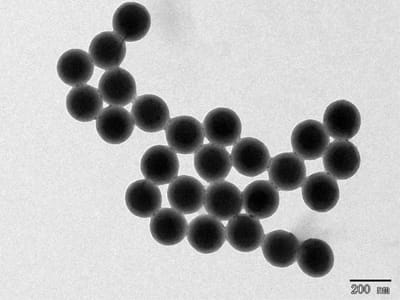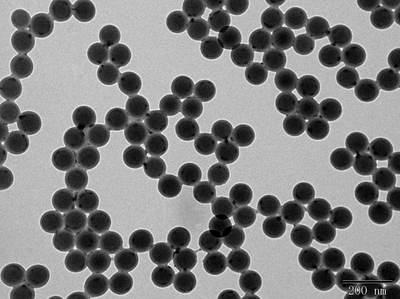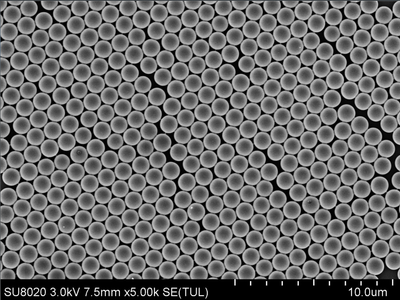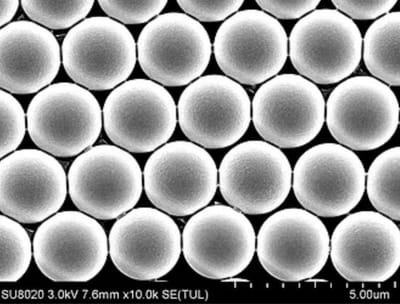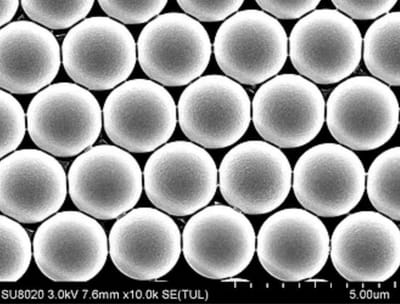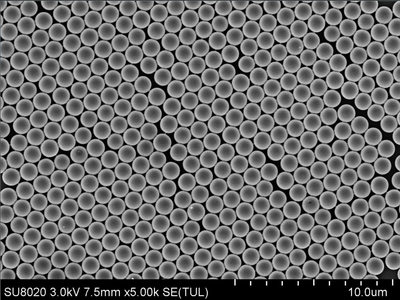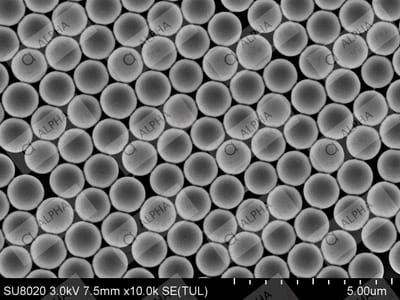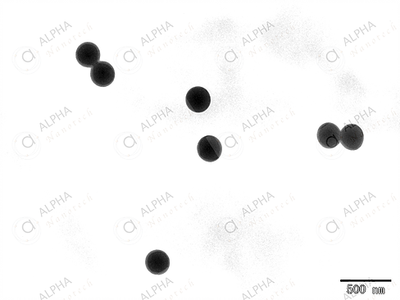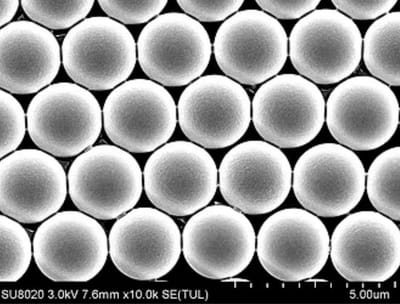Polystyrene nanoparticles (likewise called latex dots or latex particles) are circular particles in the colloidal size reach that are framed from an indistinct polymer, for example, polystyrene. Our Molecular globules are made utilizing high-caliber, ultraclean polystyrene and are stacked with an assortment of our restrictive colors to make strongly fluorescent dabs that ordinarily show almost no photobleaching.
Read MoreBlog #polystyrene nanoparticles
Polystyrene nanoparticles (likewise called latex dots or latex particles) are circular particles in the colloidal size reach that are framed from an indistinct polymer, for example, polystyrene. Our Molecular globules are made utilizing high-caliber, ultraclean polystyrene and are stacked with an assortment of our restrictive colors to make strongly fluorescent dabs that ordinarily show almost no photobleaching.
Read MorePolystyrene nanoparticles (likewise called latex dots or latex particles) are circular particles in the colloidal size reach that are framed from an indistinct polymer, for example, polystyrene. Our Molecular globules are made utilizing high-caliber, ultraclean polystyrene and are stacked with an assortment of our restrictive colors to make strongly fluorescent dabs that ordinarily show almost no photobleaching.
Read MoreWe likewise offer Polystyrene Microspheres 1�m arrangements that contain a lot higher color content than our different items. This permits more grounded signs to be created utilizing less microspheres per following analysis. In numerous organic frameworks, the concentrated fluorescence and round state of the dots grant them to be distinguished against moderately high however diffuse foundation fluorescence.
Read MoreWe likewise offer Polystyrene Microspheres 1�m arrangements that contain a lot higher color content than our different items. This permits more grounded signs to be created utilizing less microspheres per following analysis. In numerous organic frameworks, the concentrated fluorescence and round state of the dots grant them to be distinguished against moderately high however diffuse foundation fluorescence.
Read MorePolystyrene nanoparticles (likewise called latex dots or latex particles) are circular particles in the colloidal size reach that are framed from an indistinct polymer, for example, polystyrene. Our Molecular globules are made utilizing high-caliber, ultraclean polystyrene and are stacked with an assortment of our restrictive colors to make strongly fluorescent dabs that ordinarily show almost no photobleaching.
Read MoreColloidal polystyrene nanoparticles 1�m were incorporated by the two-venture spreading polymerization of styrene in hydrocarbon alcohols within the sight of acrylic corrosive (AA) as a practical comonomer, azobis-(2-methylbutyronitrile).The impacts of dissolvable kind, AA fixation, and first response time on the carboxyl substance on the microsphere surfaces were researched.
Read MoreThe impact of the dissolvable on a superficial level carboxyl substance of Non-functionalized or carboxyl polystyrene microparticles was huge. With n-butanol as the dissolvable, the carboxyl gathering content on the outside of the microspheres arrived at 57.05?mg/g.
Read MoreDespite the most recent examination progress of PMMA nanoparticles, the flawed properties of last nanocomposite and the absence of long haul clinical proof tending to their presentation limit their wide clinical use. A decisive association between nanoparticle size or expansion technique and nanocomposite properties couldn't be set up.
Read MoreNon-functionalized silica nanoparticles 1�m have high surface territories and show characteristic surface reactivity which permits the chance of presenting substance changes.Silica nanoparticles are mesopores (2-to 50-nm pores) of silica that show interesting physicochemical properties. These nanocarriers can be set up in an assortment of sizes and shapes including nanohelices, nanotubes, nanozigzags, and nanoribbons.
Read MoreWe likewise offer Polystyrene Microspheres 1�m arrangements that contain a lot higher color content than our different items. This permits more grounded signs to be created utilizing less microspheres per following analysis. In numerous organic frameworks, the concentrated fluorescence and round state of the dots grant them to be distinguished against moderately high however diffuse foundation fluorescence.
Read MoreWe likewise offer Polystyrene Microspheres 1�m arrangements that contain a lot higher color content than our different items. This permits more grounded signs to be created utilizing less microspheres per following analysis. In numerous organic frameworks, the concentrated fluorescence and round state of the dots grant them to be distinguished against moderately high however diffuse foundation fluorescence.
Read More